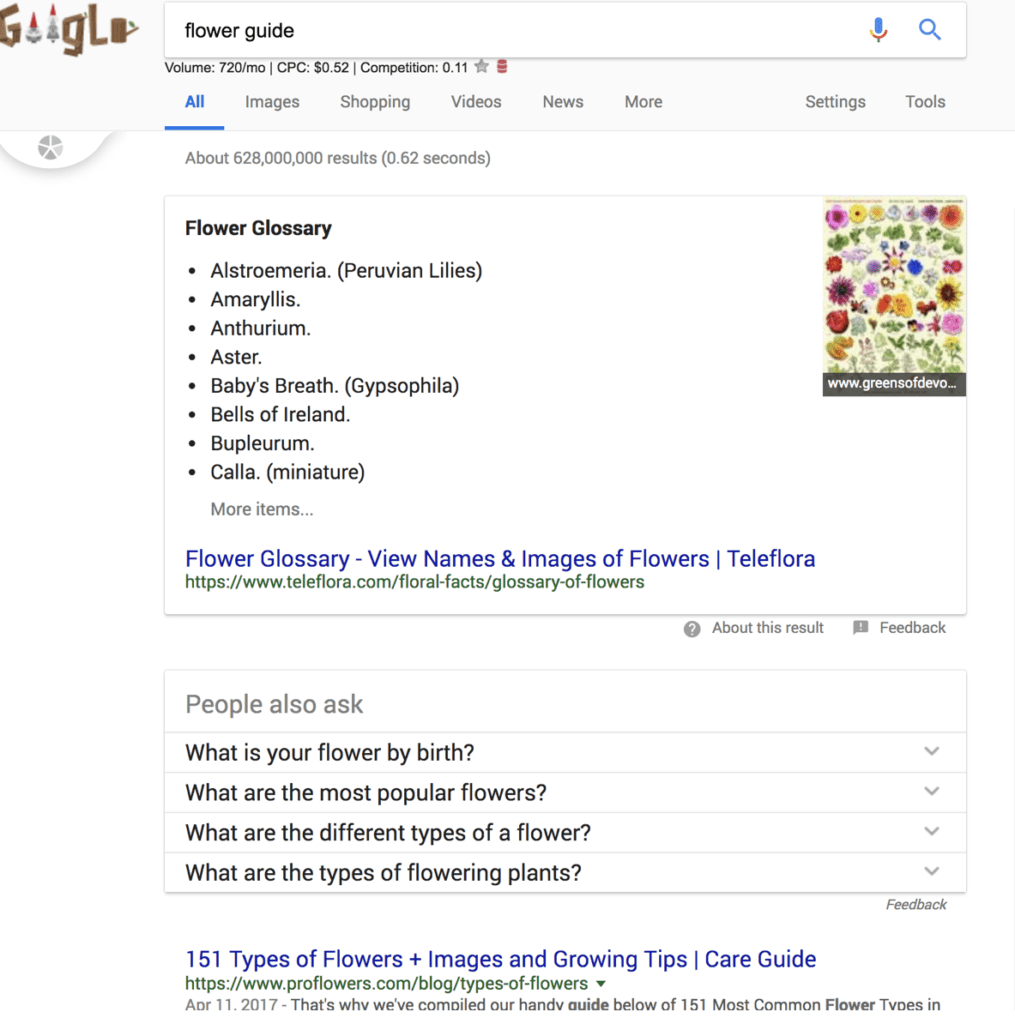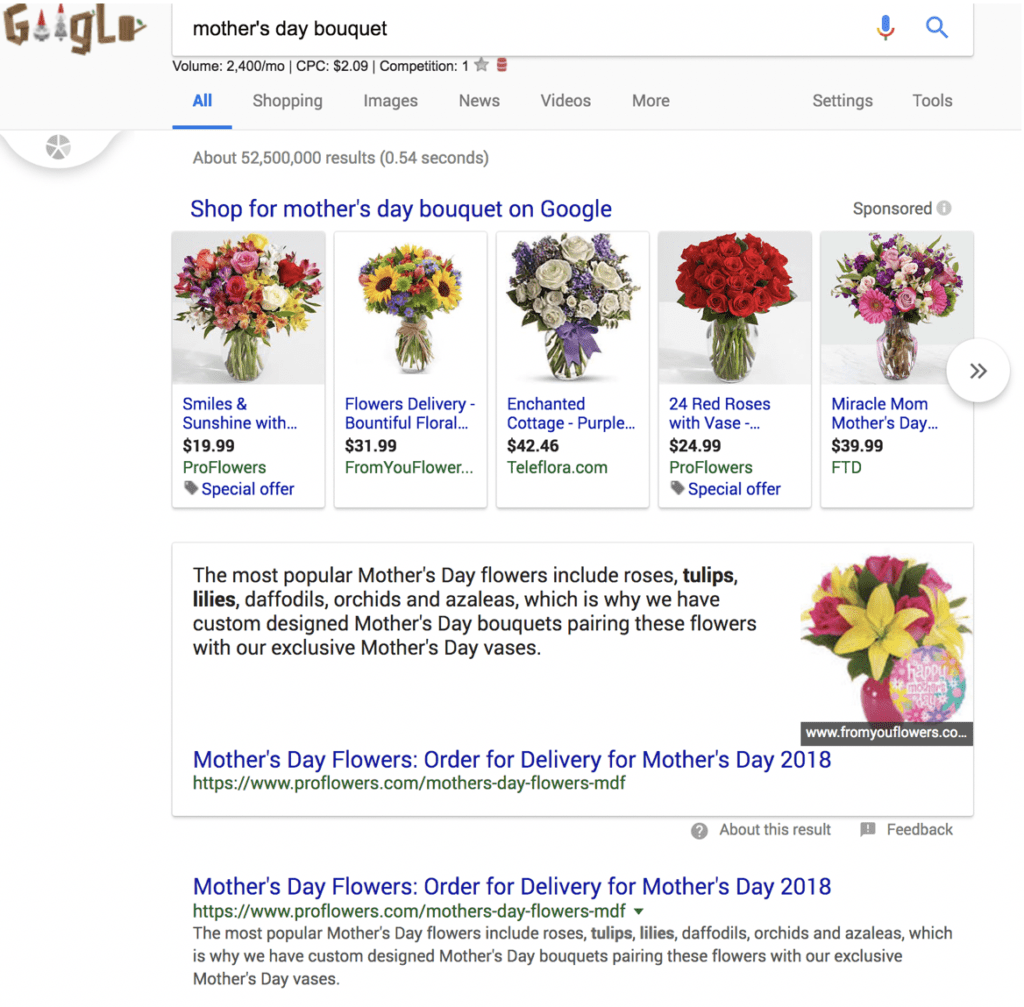Marketing with Intent in 2018

The way that people search online has evolved, and search engines like Google have grown to understand and adapt to this evolution in order to capture the most accurate needs and wants of users. To maximize usefulness and cut down on aimless searching, Google has broadened its scope to allow for and optimize toward search intent.
When a user types a specific sequence of terms, Google wants to return not only the best results for those exact terms, but also results that may also speak to the intent of the person entering them into the search box. What might this user mean, outside of the explicit terminology he or she is providing? And where Google goes, marketers and advertisers must follow.
Enter: intent-based marketing and advertising.
The Importance of Intent
Search Engine Land puts it best: “a keyword can look like a perfect fit, but if most of the searches related to a term aren’t related to your business, that keyword probably isn’t worth your time or money.” Understanding the intent behind the terms users might type in to find your business is key.
If you own an online flower shop, and you optimize for not only every type of flower imaginable but also for keywords like “flower guides” and “flower power,” you can see how user intent may not align with conversions. When searchers arrive at your online flower shop looking for “flower guides for 2018” before they head out on their flower identification trip (it could be a thing!) and only find bouquets for Mother’s Day, their intent does not align with your content.
You may be getting a lot of traffic from your overzealous optimization with all keywords flower, but if your new abundance of users intended to find something and didn’t, that traffic isn’t worth its weight in conversions. Of course, an increase in traffic for even something closely related to your product IS worth something organically (SEO allows you to spread your intent wings a little further to increase brand awareness though content optimization of related keywords). In this case, you might want to write up a flower guide for your shop’s blog and try to capture that audience’s intent AND desire to shop through ranking that article, but you don’t want your main selling page to rank for this keyword.
Why? Because if Google sees that your selling page is getting a lot of traffic for flower guides – something you don’t even have! – that same content will be tougher to rank for “daisies for sale” or “bouquets for mom” as well. In this way, you can jeopardize your entire paid and organic conversion strategy by getting intent wrong.
Intent – Based Research
A good first step, as Search Engine Land suggests, is to Google some of your main keywords and see if the top results align with what you are trying to sell to people who come to your website.
Notice how Google is showing educational information first? This is a good indicator that Google finds the intent behind this keyword to be primarily focused on learning about flowers, not selling them (Look at Proflowers listening to our organic article advice, though!).
“Mother’s Day Bouquet”, on the other hand, definitely has some serious purchasing power to it. The intent behind this term aligns with what you are trying to do. Though the word “flower” may not be included, or “purchase,” Google has determined that people searching for that keyword intend on purchasing a Mother’s Day Bouquet.
Understanding what each of your keywords are really intended for can help you to better narrow in on your target audience and therefore strengthen both your organic search and especially your paid search strategies. After all, do you want to spend money for clicks on a keyword that is not used by people intending to convert? As we touched on earlier, understanding intent may also help you build an organic content strategy by offering secondary keywords that might help generate traffic and brand awareness for your site through article creation.
Custom Intent Audiences
So, Google has clearly prioritized understanding the intent behind certain keywords and delivering what it thinks is the most relevant content (e.g. “Mother’s Day Bouquet” leads to purchasing opportunities despite no mention of the word “purchase” in the query). But beyond that, what is the search engine doing to capitalize even further on intent? Let’s talk Display Network for a moment.
Months ago, Google released Custom Intent Audiences for Display only, which are highly targeted audiences who are most likely to be interested in and therefore purchase your product or service. You can take advantage of auto-generated intent audiences or create your own by tying together keywords and URLs related to your offering. The idea is to direct shoppers who are looking at content related to your product to convert on your site. Essentially, you are leveraging peoples’ search habits to determine what their intention is (to buy something related to that search).
In March, Google extended Custom Intent Audiences to include YouTube. According to Search Engine Land, “To use custom intent audiences on YouTube, advertisers will set up a video campaign in AdWords and add keywords related to their products or services that their prospects are likely to be searching during their research. Those people can then be reached with ads as they watch videos on YouTube. Targeting is based simply on users having performed particular searches on Google.com.”
The creation and expansion of Custom Intent Audiences show that understanding what people are trying to do online – whether it is through the use of a keyword or through the viewing of a video – can help businesses better understand and market to their target audiences. This trend will only continue with new releases from Google and more algorithmic changes to accommodate intent – so now is the time to get on board.
Recent Posts
In the competitive world of real estate, pay per lead models have emerged as a…
You’ve heard it here, you’ve heard it there, you’ve heard it from any SEO agency:…
















